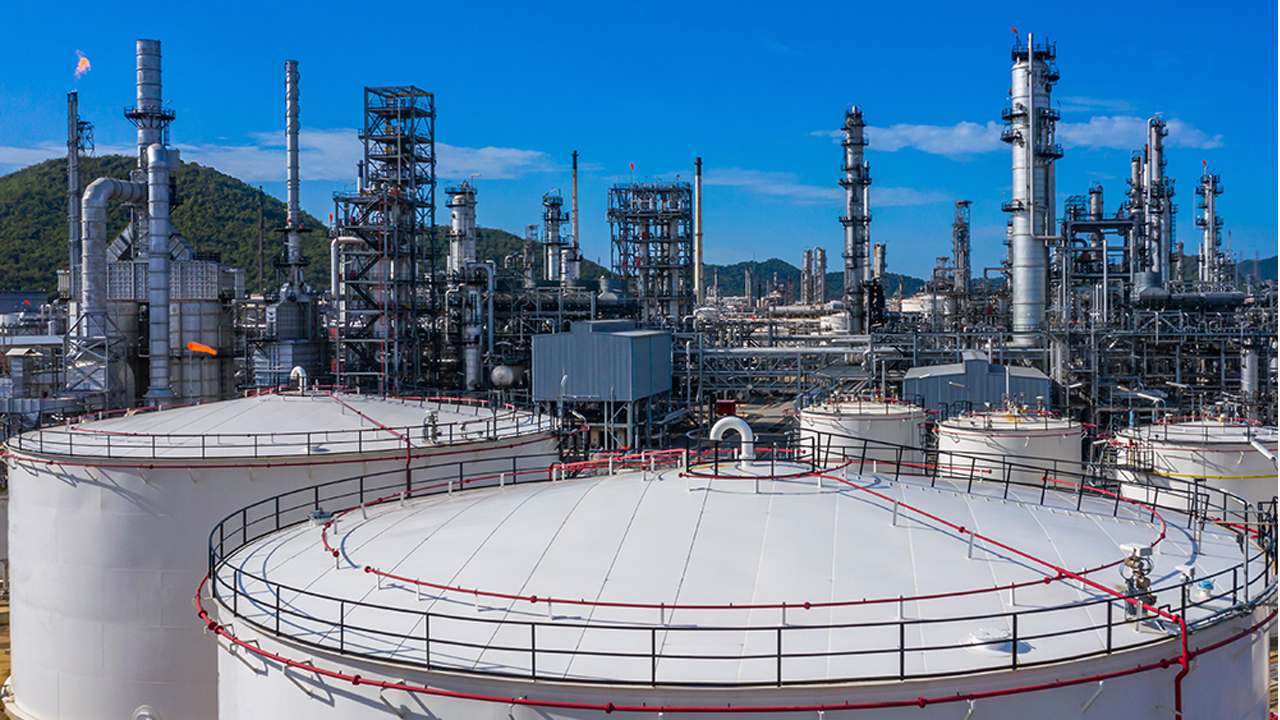Although existing terminals are equipped with the necessary infrastructure to manage many different fuel types, modifications may be necessary to handle renewable fuel products and feedstocks.
Feed for Fuel
Infrastructure updates are often necessary to manage new types of raw materials and handle incoming feedstocks to make renewable fuels.
One source of renewable fuels can come in the form of renewable diesel, produced by hydroprocessing triglyceride feedstocks. Each plant or animal source produces triglycerides with their own unique blend of fatty acids as defined by the number of carbon atoms in each of the three chains, as well as the number and location of double bonds between carbons in the chains. These triglyceride sources also provide characteristic trace components, which are present in the fat or oil due to its growing conditions or any processing it has undergone between the farm and the renewable diesel processing unit.
Animal fats, including beef tallow and animal lard, present a unique complication for terminal conversions. These animal waste products, along with different blends of oils, will solidify at ambient temperatures and hamper the production process if not handled correctly. To eliminate the chance for solidification, this feedstock must remain heated to progress through the system. Tanks must be insulated, heated or both, and tank steel must be evaluated to see that the correct materials of construction are used. Piping, offload mechanisms and other distribution components are viable heating options to move product.
Tank Design Parameters
Unlike petroleum products, the specific gravity of renewable fuels varies — based on levels of fatty acid and glycerin composition. As a result, a storage tank designer should:
- Analyze tank shell thickness, lining and stiffening ring.
- Determine existing tank capacity.
- Tank roof and floating roof design.
- Test tank foundation loading based on fluctuating fluid levels.
Most storage tanks are designed and tested using water, which is heavier than renewable fuels, so older tanks especially should be carefully assessed for prior damage or to identify any modifications that need to be made.
Instrumentation
Accurate and dependable handling and control of liquid, steam and air flow for renewable fuels are essential. Depending on terminal asset conversion goals, instrumentation and controls must be carefully assessed to verify the effective handling of feedstock and end product.
To improve and update instrumentation and controls:
- Analyze and adjust ranges, flow conditions, valve closing times and operating limits.
- Determine which systems can be modified and any new instruments required.
- Evaluate existing instrumentation and control technology.
- Examine instrumentation material compatibility.
Process Safety
Just as instrumentation must be assessed and modified to accommodate renewable fuels, process safety devices and detectors also must be inspected. As part of this crucial process:
- Evaluate and adjust the existing stormwater system as needed.
- Evaluate fire protection systems and procedures to make needed changes.
- Determine if standards will need to be met with the new renewable fuel process.
- Identify if any permit updates are required.
- Identify vapor control system suitability for new fluids.
- Plan to provide training on new procedures, hazard awareness and communication protocols.
- Review Material Safety Data Sheets, check that all safety documents and processes are updated and new ones created.
- Update any containment, spill measures and fugitive emissions safety protocols.


